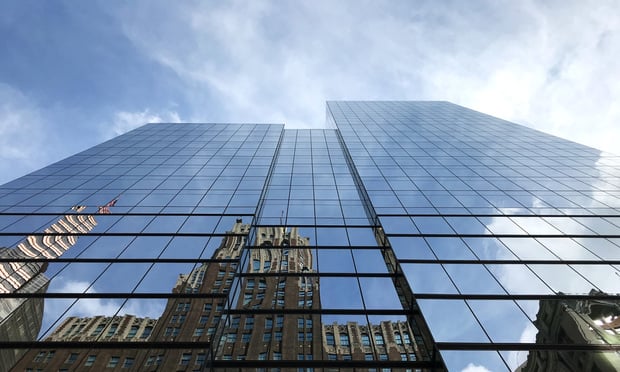Less Me, More We for Future of Office Sector
A “deep divide” in the office market will continue to deepen this year as tenants continue to flock to high-quality, amenity-rich assets at the expense of lower-quality buildings in less desirable locations.
“The best buildings are seeing strong demand,” says CBRE’s head of office research Jessica Morin. “By the best buildings, we’re talking about buildings that have amenities that drive employee wellness and health and the types of buildings where there’s walkable retail and amenities. And we’re going to continue to see technological advancements being used in the office that really help provide this seamless experience between people working in the office and meeting with clients that are in other locations.”
Location-wise, Sun Belt markets will continue to curry favor, as well as life sciences hubs like Boston, Denver and Salt Lake City. Top-tier properties in otherwise hard-hit gateway cities like Manhattan and Los Angeles will also garner more interest, according to CBRE researchers.
Morin says “it’s less about me space and more about we space,” observing that occupiers will likely continue to employ less space per desk, while optimizing meeting rooms and technology to allow workers to be more efficient and collaborative. CBRE predicts office utilization rates likely won’t sync up with employer expectations until 2024, noting that demand for offie space per employee could ultimately be down 15% over pre-pandemic numbers as occupiers and employees find a new hybrid work equilibrium. And the firm also expects corporate real estate leaders to lean harder on utilization data to guide space planning decisions especially as an economy downturn looms.
Affordable secondary markets will continue to be strong demand drivers: Morin says “tenants will continue to move where the talent is” and notes that occupiers can easily test out new markets and talent pools with flex space. Such markets include Austin, Dallas, Miami and Nashville.
And on the flip side, lower-quality buildings in poorly located markets without updated amenities or shared spaces will suffer.
“We’re seeing lower demand for those properties. because of that we have this glut of outdated space that will continue to weigh on office vacancies and drive rent downs in that area of the market,” Morin says.
CBRE predicts that tenants will continue to shed unnecessary office space next week, adding to supply and predicts this year will be a favorable market for tenants, especially those previously priced out of certain submarkets or buildings. However, less than 38 msf is on track to deliver in 2023, down 27% from the five-year average, and CBRE says that thinning construction pipeline will reduce supply-size risks over the next several years.
Overall, Morin says the office narrative should shift from doom-and-gloom to one that’s decidedly more optimistic.
“I don’t think the story has been focused as much on how this is an evolution of how people are using space and an acceleration of existing trends we’ve already seen,” Morin says. “Occupiers are going to use the office as a tool to help retain ad attract talent and to help with their competitive advantage. It’s still a key to their company’s success.



